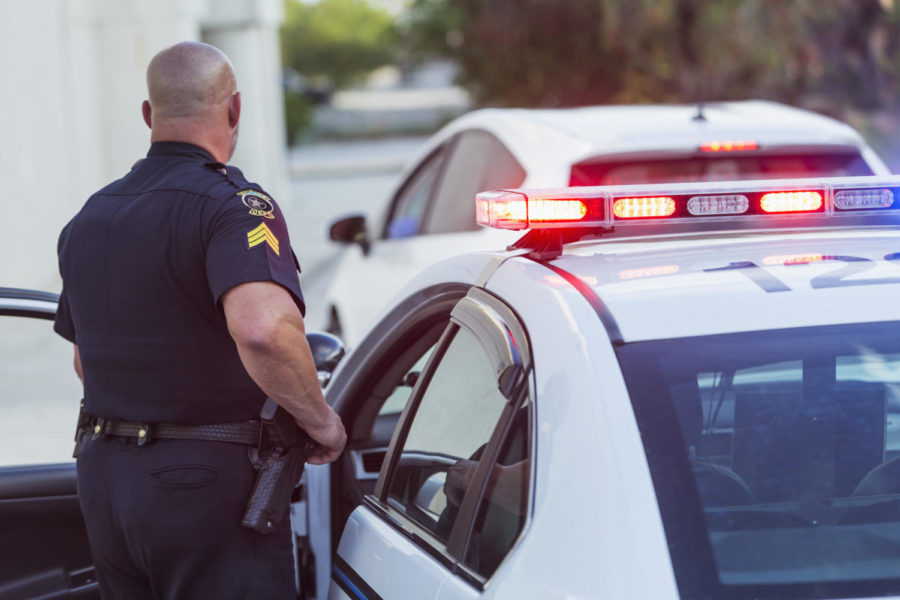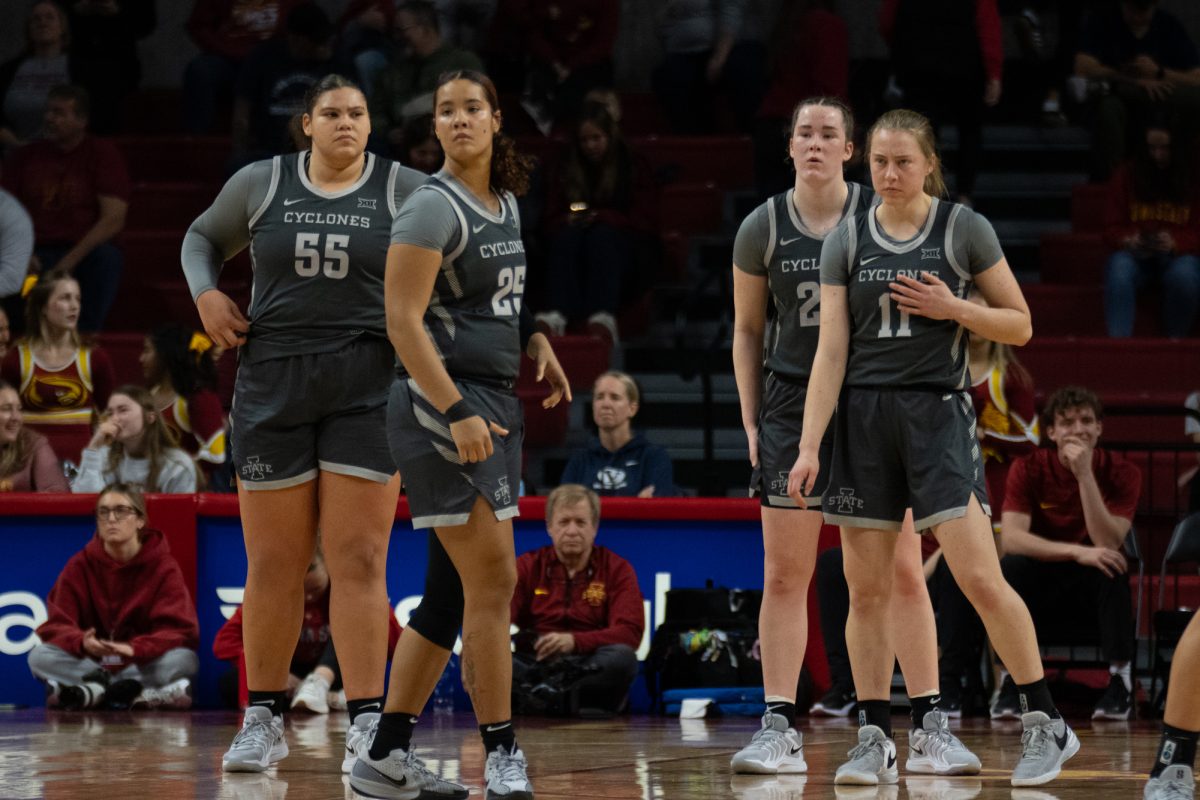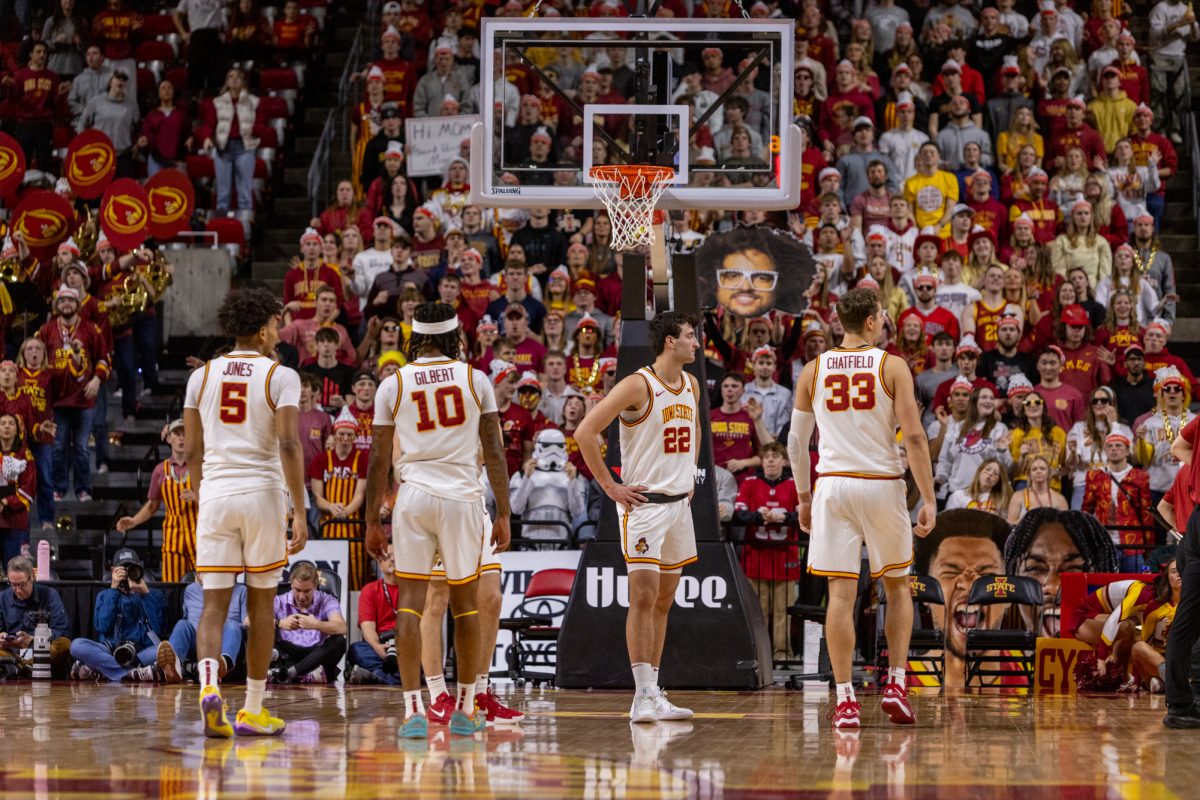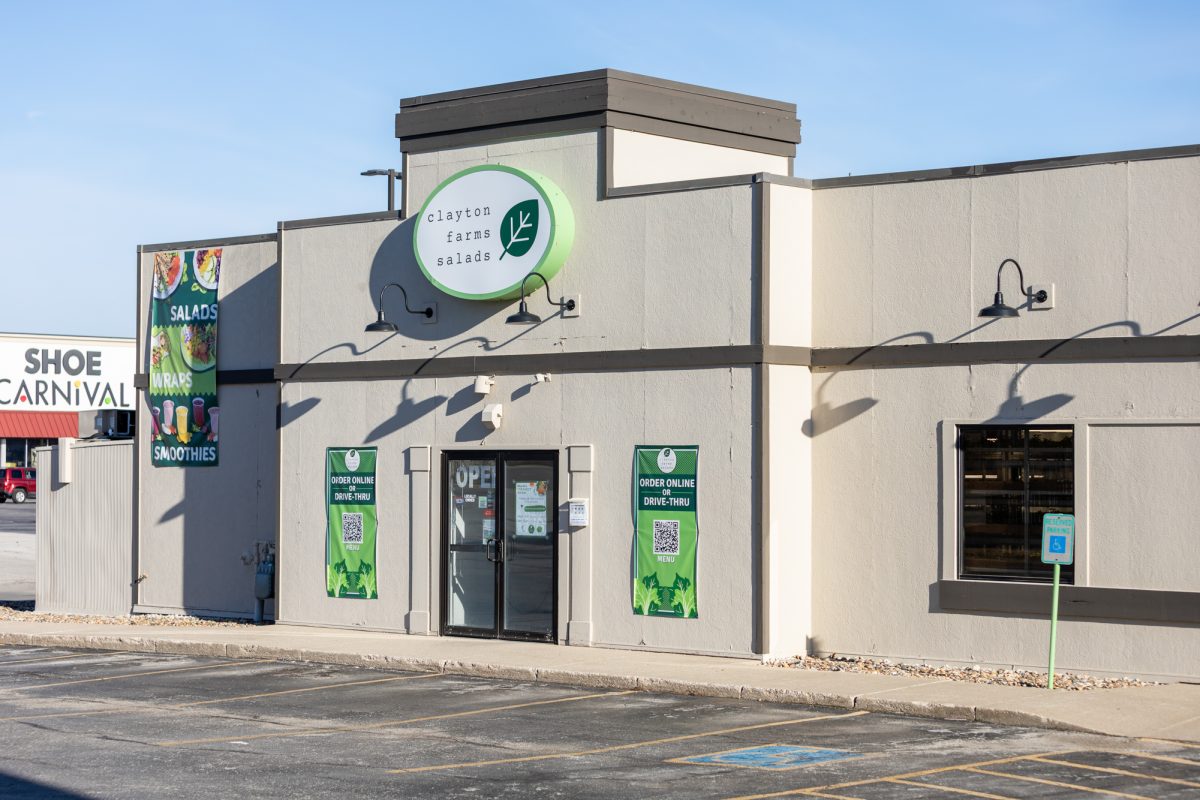Tyrrell: The tangled web of police brutality and bias
Photo Courtesy of Getty Images
police officer traffic stop
June 23, 2019
Last week, a video showing Phoenix police officers drawing their weapons and threatening to shoot a black man and his pregnant fiancée in front of their children — on shoplifting charges — went viral.
The video is horrifying and has provoked a lot of anger online. It’s clear that we would never see such an escalation of violence on a minor charge if the couple in the video were white. The actions of the police officers were way out of line and the consequences seem obvious — they should face disciplinary action and possibly be fired.
The problem with police brutality and racism, as they almost always go hand in hand, is that a lot of the time the situation isn’t quite clear.
Next time you get a chance, search “Project Implicit bias test” on the web. One of the search results will take you to a series of surveys run by Harvard, which test your implicit bias in a variety of areas including religion, gender, race and age.
The key word here is “implicit.” The surveys don’t really test whether you are racist, sexist or explicitly discriminatory in one area. Instead, they test how fast you can associate specific terms with a type of person. For example, the Gender & Career IAT tests how much faster you associate the words “office” and “career” with male names verses “home” and “family” with female names. The results give a good indication of how much automatic and subconscious bias your mind harbors.
I took the Race IAT, which tests implicit bias towards white and black people. I would highly suggest taking this test on your own, as the results are often unsettling.
I have always considered myself to be alert to racial bias and definitely not a discriminatory person. My results told me that I have a “slight automatic preference towards European Americans as opposed to African Americans.”
Do I believe the results of the test? Absolutely. The point is that I can be both a proponent of equality and subconsciously, automatically prefer white people. Implicit bias doesn’t come from our active thoughts and actions; it comes from the way that we’re socialized to think, and for that reason it’s harder to pin down and eliminate. Almost everyone demonstrates implicit bias, even the people being biased against.
So, what happens when someone — probably mostly a good person, but possessing a small or large amount of implicit racial bias — is put into a position of power? What happens when they’re forced to make snap decisions about others? What if those decisions are made in life-or-death situations?
In his fascinating book, “Blink,” journalist Malcolm Gladwell details the 1999 shooting of Amadou Diallo, an innocent black man fatally shot by four plainclothes police officers one night. Diallo was standing outside his apartment when the officers drove by and thought he looked suspicious. The officers were not uniformed, and Diallo spoke poor English, so their exchange was confused. Diallo reached into his pocket to pull out his wallet and was shot 19 times.
It’s clear that the officers are guilty here. Diallo was unarmed and doing nothing wrong when he was stopped and questioned. Police officers should never let such a benign situation escalate so dramatically and so fast. Amadou Diallo was innocent, and he was murdered by police officers who should have been protecting him.
The more you look into the history of the officers and the details of the case, as Gladwell does in his book, the more it becomes evident that it’s simply not true to say that the officers shot Diallo because they were racists. And it’s also too easy to say that the solution was to fire them and to stop hiring racist cops. In the dark of the night and the adrenaline of what they thought was a dangerous situation, the police officers were making split-second decisions that forced them to rely on their gut reactions. Unfortunately, our quickest gut reactions, as demonstrated in the implicit bias surveys, are almost always prejudiced.
So, where to now? The innocent black people being killed and harassed by our police officers deserve better than the type of justice being served now. Yet making decisions in an instant and relying on instinct are often integral parts of police work, and it would be impossible to find a police staff completely free of subconscious bias.
The first task is to appropriately discipline officers who demonstrate explicit racism and disregard for the dignity of the people they’re apprehending, such as the cops in the Phoenix altercation. Sometimes the situation really is just black and white, such as when a police officer is willing to shoot an unarmed black couple in a low-risk situation for shoplifting. That police officer should be fired.
But the rest of the work here is more difficult and much more important. Police departments need to make racial bias training a priority and actively seek out and eliminate prejudice from their work. This can be done through workshops and training programs as well as by holding officers more accountable for the bias they demonstrate — even the bias they show without knowing it.
We need to step up as individuals and make change, too. This goes for everyone, but my fellow white Americans, I’m mostly referring to you. The way pop culture portrays black people matters. Black representation in government matters. The way that we speak to our friends and family and children about black people and bias — that really matters.
Mitigating preexisting racial bias is great, but the only real solution is to prevent it from being instilled in us in the first place. So, let’s take that to heart and use our privilege to implement change. Let’s raise future generations to have no bias at all. Let’s change our society so that black people don’t have to fear being killed because of a minor traffic violation or shoplifting or even something as unremarkable as standing in front of their own apartment complex.







